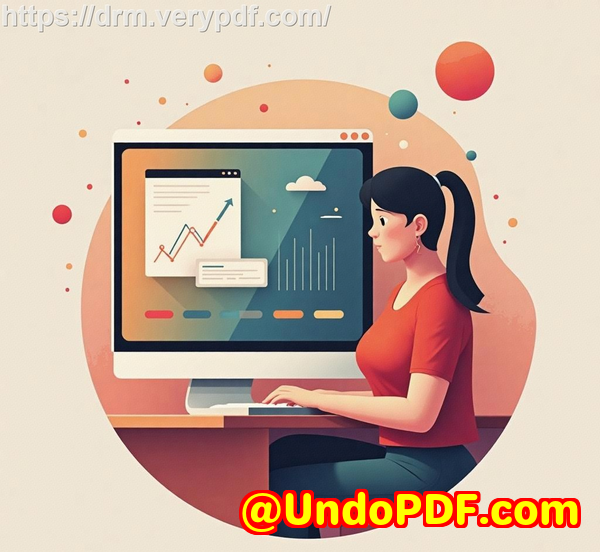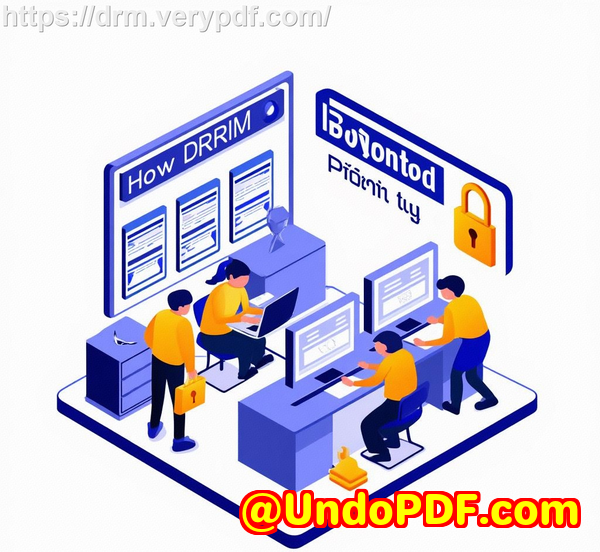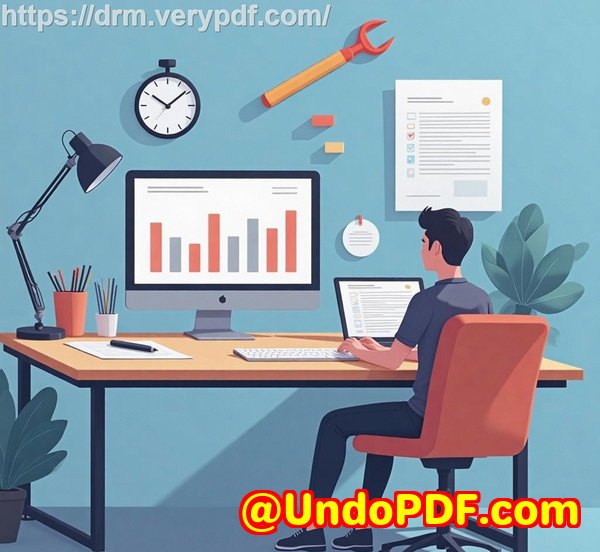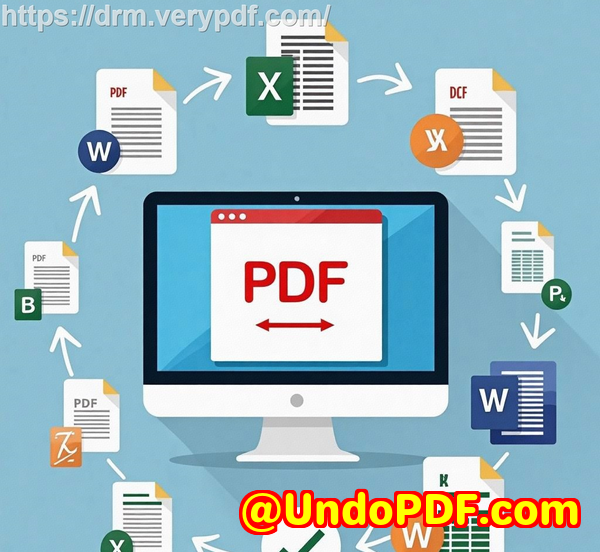Batch Convert PDF Bank Statements from Different Banks to Excel or CSV Using VeryPDF Table Extractor
Batch Convert PDF Bank Statements from Different Banks to Excel or CSV Using VeryPDF Table Extractor
Handling monthly bank statements used to be one of my least favourite tasks. Every month, I would spend hours copying and pasting numbers from PDF files into Excel, double-checking that nothing was misaligned, and fixing formulas that refused to behave. If you’ve ever faced this nightmare, you know how tedious and error-prone it can beespecially when dealing with multiple banks, each with their own statement format. I knew there had to be a smarter way, and that’s when I discovered VeryPDF Table Extractor.

VeryPDF Table Extractor is a game-changer for anyone who works with financial data. It allows you to convert PDF bank statements from thousands of banks worldwide into clean Excel, CSV, or JSON formats without breaking a sweat. I first stumbled upon it when a client asked me to consolidate bank statements from five different banks for an audit. Normally, this would have taken me a full dayor morebut with VeryPDF Table Extractor, I finished the job in under an hour.
One of the first things I noticed was how intuitive the interface is. You simply upload your PDF bank statements, choose your desired output formatExcel or CSVand click Convert. That’s it. There’s no need to install software, and it works on any device, from desktops to tablets. For someone who often switches between devices, this convenience alone is a lifesaver.
The AI-powered extraction is what impressed me the most. VeryPDF Table Extractor intelligently recognises tables, transaction dates, amounts, and descriptions. I tested it with statements from a mix of major international banksChase, HSBC, Barclays, and a few smaller regional banks. Every single statement converted accurately, even the ones with password protection. I didn’t have to tweak a single formula or worry about misaligned columns. In comparison, other tools I’ve tried either misread data or required extensive manual corrections.
Another feature that really saved me time was batch processing. I was able to upload dozens of statements at once and convert them all to a single CSV file. This is especially useful for accountants and financial analysts who deal with multiple client accounts or large datasets. It cut my workload dramatically and eliminated hours of repetitive work. Previously, I had to manually copy and paste each table into separate Excel sheets, often introducing human errors along the way. With batch processing, the process is automatic, consistent, and accurate.
Security was another concern I had initially. Handling sensitive financial data requires trust. VeryPDF Table Extractor reassures me with bank-level encryption and a strict privacy policy. My files are processed securely, and nothing is stored after conversion. I can finally relax knowing that confidential information isn’t lingering on some server indefinitely. For businesses handling multiple clients, this is crucial.
The tool also shines in its versatility. Whether you need a single statement converted or hundreds, the system scales effortlessly. It supports statements from over 600 banks worldwide and works with digital, scanned, or image-based PDFs. Even tricky formats, which normally confuse other converters, were handled perfectly. I remember trying a particularly messy statement from a regional bank with multiple sub-accounts and nested tables. Other tools struggled and output messy Excel sheets, but VeryPDF Table Extractor produced a clean, ready-to-use spreadsheet without me lifting a finger.
For professional settings, the integration with workflows is a major plus. I could automate data capture from statements and integrate them into accounting software or ERP systems. The ability to review only what’s necessary, directly from email or Slack, reduced the time I spend on approvals and corrections. It’s one of those tools that doesn’t just save timeit fundamentally changes how you work with financial data.
I’ve also found the tool’s customer support to be reliable. If a conversion ever fails or a bank isn’t supported yet, their team responds quickly and often resolves issues within a day or two. For businesses, that kind of responsiveness is a huge relief, especially during audits or month-end close periods.
In summary, VeryPDF Table Extractor solves real problems for anyone handling financial PDFs. It removes manual data entry, ensures accuracy, supports a wide range of banks and formats, and protects sensitive dataall in one web-based platform. I’d highly recommend this to anyone who deals with large volumes of PDF bank statements. It has saved me countless hours and headaches, making my work more efficient and less stressful. Click here to try it out for yourself: https://table.verypdf.com/
VeryPDF also offers custom development services for businesses with unique needs. Whether you require specialized PDF processing solutions for Windows, Linux, macOS, or server environments, VeryPDF’s team can create tailored utilities. They work with technologies including Python, PHP, C/C++, Windows API, Linux, Mac, iOS, Android, JavaScript, C#, .NET, and HTML5. Services range from creating Windows Virtual Printer Drivers capable of generating PDF, EMF, and image formats to intercepting and saving print jobs, developing report and document form generators, implementing barcode recognition, OCR table recognition, cloud-based solutions, digital signatures, and DRM protection. For custom solutions, contact VeryPDF at https://support.verypdf.com/ to discuss your project requirements.
FAQ
How do I convert multiple PDF bank statements at once?
You can upload several PDF files using the batch processing feature and convert them into a single CSV or separate Excel files. This saves time and ensures consistency across all documents.
Which banks are supported by VeryPDF Table Extractor?
The tool supports statements from over 600 banks worldwide, including major banks like Chase, Bank of America, Wells Fargo, Citibank, HSBC, and Barclays. If your bank isn’t supported, you can request its addition.
Can I convert password-protected PDFs?
Yes, VeryPDF Table Extractor can handle password-protected statements. Simply upload the file and enter the password when prompted, and the tool will process the document securely.
Is my financial data safe during conversion?
Absolutely. VeryPDF uses 256-bit encryption to protect your data. Files are processed securely and automatically deleted after conversion. Your financial information is never stored or shared.
Do I need to install software to use this tool?
No installation is required. The converter is fully web-based and works on any device with a browser. Just upload your PDF, select your output format, and download your converted file.
Can I convert scanned or image-based PDFs?
Yes, the AI-powered extractor works with digital, scanned, or image-based PDFs, ensuring accurate extraction of transaction tables, dates, amounts, and descriptions.
Is there a free trial available?
Yes, there’s a free plan that allows conversion of up to 10 pages per month. Paid plans start at $30 per month for up to 400 pages, offering flexibility for larger workloads.
Tags or keywords: PDF bank statement converter, batch PDF to Excel, convert PDF to CSV, VeryPDF Table Extractor, bank statement automation, financial data extraction, AI PDF converter



